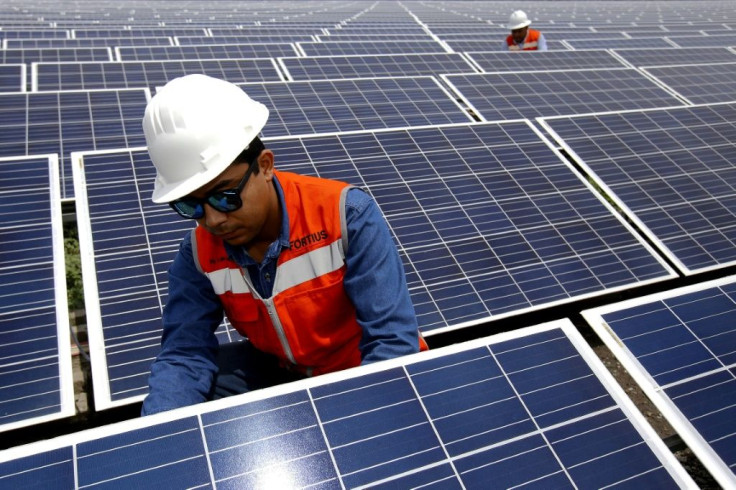Researchers Design Solar Panels That Can Generate Power At Night

KEY POINTS
- Reserchers develop photovoltaic cells that can generate power at night
- These new photovoltaic cells can use deep space as a heat sink
- The photovoltaic cells can be placed in warm locations during night time
Solar technology plays a significant role in generating power without using non-renewable resources. However, the photovoltaic cells that are used to generate electricity can only work during daylight hours.
A new study published in ACS Photonics, states that researchers have developed an alternative photovoltaic design that uses the Earth as the source of heat and the night sky as a heat sink. Under ideal conditions, these re-designed photovoltaic cells can generate a quarter of the power they produce during the day.
In order to achieve this, the researchers are using thermoradiative cells, which are already being used in the manufacturing sector to convert waste heat into power. In the night-time solar technology, the panels are placed pointing towards the night sky to harness the process.
Jeremy N. Munday, a computer and electrical engineer from the University of California and one of the authors of the study, said that they are thinking about taking one of these devices and put it in a warm place and point it at the sky.
He said that a normal solar cell absorbs sunlight, which results in a voltage across the device and generates electricity. “In these new devices, light is instead emitted and the current and voltage go in the opposite direction, but you still generate power,” Munday said. He added that they need to use different materials but the science behind the process is the same.
Munday and his team’s efforts in this research has a long way to go in order to scale up at a level that can be replicated in different locations. However, the researchers are hopeful that deep space provides low-temperature heat sinks that can be utilized by these new photovoltaic cells during night time.
“Deep space offers an intriguing low-temperature thermal sink that has the potential to help provide electrical power at night and day through the clever use of photonics, optics, and materials science,” the researchers wrote in the paper.
Science Alert noted that scientists from Stanford University also set up a system that uses the heat imbalance between the sky at night time and the Earth to produce power from infrared radiation.
© Copyright IBTimes 2025. All rights reserved.





















